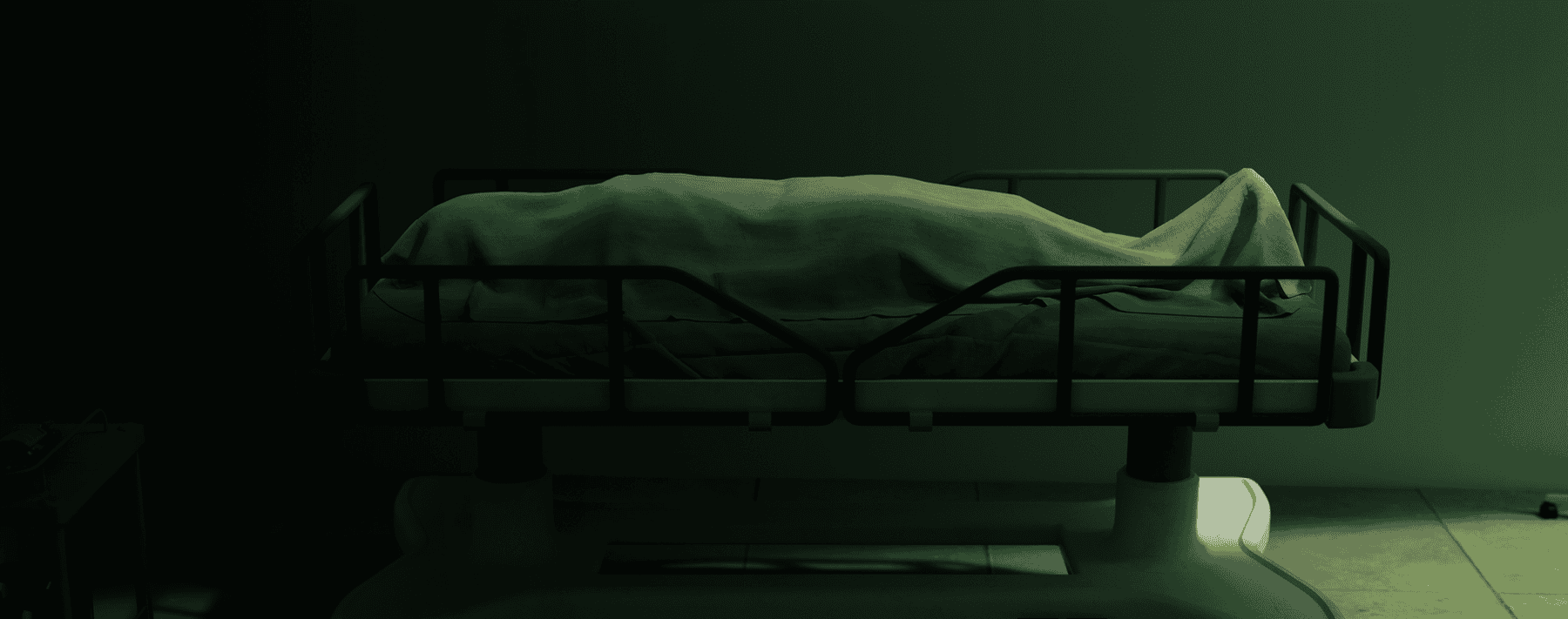I recently attended a continuing legal education program on workplace bullying that had an underlying theme: Bullying results from bad people (stereotyped to be alpha males) causing harm to innocent victims by engaging in juvenile behavior. The obvious solution to the alpha male toxicity problem is to have strict rules prohibiting such behavior and train supervisors to address juvenile behavior as it arises.
The instructor went on to suggest that workplace shootings could only be prevented by effective antibullying policies that stopped the bully before he resorted to that level of violence. I left the seminar concerned about the naïveté of the instructor believing difficult challenges like bullying and workplace violence had such a simple solution premised upon a schoolyard mentality dividing the world into “good kids” and “bullies.”
Want to know more about Cordico, Lexipol’s wellness solution?
CLICK HERE!
Understanding the Whole Problem
The reality is we live in a complex social environment, but one where most folks have reasonably good interpersonal skills. They have the flexibility and adaptability to navigate around the inevitable bumps in life. They also have insight into how their behavior impacts others and the ability to self-regulate; when they make a mistake, they can learn from it.
However, some folks are burdened with psychological disorders that impact flexibility, adaptability, productive self-awareness and self-regulatory capacity. Some of these psychological conditions, particularly certain personality disorders, may pre-dispose people to act as bullies. Like most with personality disorders, they are oblivious to the inappropriateness of their behavior and would bristle at the suggestion they are bullying anyone.
But that is only half of the problem.
There is another group of people with a different type of personality disorder that causes them to view themselves as the victims of other people’s bullying, when the objective reality is otherwise. These self-perceived victims may be prone to righteously strike back at those who they believe to be the “real” bullies. Perhaps you recognize the fact pattern I am talking about: These are folks who have trouble getting along with others, a problem that preceded them becoming firefighters; their colleagues find their day-to-day behavior troubling, if not annoying; these folks never do anything wrong, everything that happens is someone else’s fault; and people don’t treat them fairly because (fill in the blank).
This second group are the folks who seek to weaponize a fire department’s disciplinary system by reporting the perceived indignities they are forced to endure. This in turn causes their colleagues to be distrustful of them, furthering their sense of being alienated. When the self-perceived victims go on the attack, they do not view their behavior as bullying. Yet they leverage the department’s disciplinary process (and sometimes our legal system) against those they perceive as the perpetrators. A small subset of folks in this second group are the ones most likely to be responsible for workplace shootings.
We cannot hope to address bullying in the fire service by only looking at half the problem. The solution must acknowledge the existence of both personality-disordered bullies and personality-disordered victims.
Let me make something clear: Neither the fire service, nor society in general, are very good at dealing with either of these groups. Distinguishing between the two can be painfully difficult. All too often, fire departments mishandle these cases by refusing to investigate complaints brought by those whom leadership pre-determines to have brought their problems onto themselves or are simply chronic complainers. This failure to investigate then becomes another allegation in the inevitable lawsuit that will follow, listing all the perceived indignities the firefighter was forced to endure.
Both personality-disordered bullies and personality-disordered victims exist on a spectrum. What makes them similar is they lack flexibility and adaptability, as well as the ability to self-correct their own unproductive behavior.
Why has the fire service failed to recognize this?
Blaming the Victim?
One reason is, this is complicated. It involves the intersection of several intellectual silos: leadership, human resources, psychology and the law. According to Bill Eddy, author of The Five Types of People Who Will Ruin Your Life, many of society’s legal problems are a function of personality-disordered people using the legal system as a tool to bully people, or alternatively lawsuits being brought against personality-disordered people by those who have been harmed by their disordered antics. Eddy reached this conclusion through an unusual career path: He was a licensed clinical social worker who needed a change and decided to go to law school. Upon starting to practice law, he realized the same types of people who drove him from social work were clogging up our court system either as plaintiffs or defendants. That very phenomenon is happening in the workplace, including the fire service.
A second reason we have failed to recognize the role of personality disorders in fire service bullying involves a difficult philosophical concern: By having this very conversation, aren’t we in essence blaming the victim?
We cannot hope to address bullying in the fire service by only looking at half the problem. The solution must acknowledge the existence of both personality-disordered bullies and personality-disordered victims. Doing so inevitably does risk blaming the victim. That’s uncomfortable for sure, but we must recognize that what we have done up to this point is not working.
In regard to blaming the victim, it is helpful to understand that, according to the latest research, personality disorders are at least 75 to 80% genetic, depending on type. They are not a character flaw of the individual. It makes no more sense to blame a personality-disordered firefighter (bully or victim) than to blame someone with diabetes. However, blame and responsibility are two different concepts. A person with diabetes is not to blame for their condition, but they are responsible for managing it.
The Company Officer Role
It’s critical that we prepare our officer corps to recognize and intervene productively as early as possible in a workplace interpersonal conflict. The failure to do so is a major contributor to the workplace litigation I see day-in and day-out.
A growing number of fire departments are utilizing the services of staff psychologists. That is a terrific start and psychologists who understand fire service culture can be an invaluable resource to department leadership and individual members. However, a staff psychologist cannot be everywhere, nor is there a penicillin-equivalent remedy for personality disorders.
Our officer corps must be brought up to speed with the nature of the problem, and how to intervene effectively. Serious interpersonal disputes are often covered up at the company level, in an effort to protect those involved from the scrutiny of their chiefs. It is therefore critical that chiefs are prepared to deal with these complex interpersonal problems in a fair way, one that company officers can justifiably have faith in.
Frontline officers must be trained to recognize both bullying and perceived victim fact patterns, and the role that underlying personality disorders can play. This requires them to be able to distinguish normal joking and firehouse banter from bullying, harassment or hazing. Doing so may be easier said than done, but it is a better solution than the unrealistic proposal to change fire service culture by banishing normal joking and firehouse banter over concerns for the perceived victims.
Officers must be willing to intervene when either type of problem – bullying or perceived bullying – occurs. The department administration must then be responsible for following through with the appropriate resources to support the members involved, while correcting any bullying that is occurring.
Perhaps the most critical factor to emphasize in our officer development programs is the importance of preventing retaliation. All too often those who report hazing, pranks and bullying predictably face retaliation from coworkers. Perceived victims whose workplace antics alienate their coworkers similarly face retaliation.
Retaliation in any form exacerbates the problem and misdirects organizational focus. It changes the optics of an interpersonal dispute between co-workers from a factual inquiry into what occurred to an almost irrefutable inference that the complainant was in fact bullied. Our officer corps must recognize the potential these situations hold and ensure retaliation does not occur while the original complaint is appropriately investigated and addressed by the administration.
Vigilance Is Key
To address bullying in the fire service, we need to have systems in place that ensure fair and unbiased investigations are conducted into any allegation of hazing, harassment and bullying. The investigations must not be short-circuited by prejudging either in favor of, or against, the accused(s) or the complainant(s). Investigations must be an objective search for the truth.
Simultaneously, the officer corps must be vigilant to recognize and prevent retaliation against the complaining party. The department leadership must provide resources to all involved: the accused, the complainant, the intervening officers, colleagues and the investigators. The process will benefit greatly from the involvement of a staff psychologist working in concert with human resources and legal counsel.
For those interested in more on this topic, Bill Eddy’s book is a great place to start. For psychologists and other mental health professionals, I strongly recommend the training on diagnosing and treating personality disorders offered by Gregory W. Lester, PhD.



